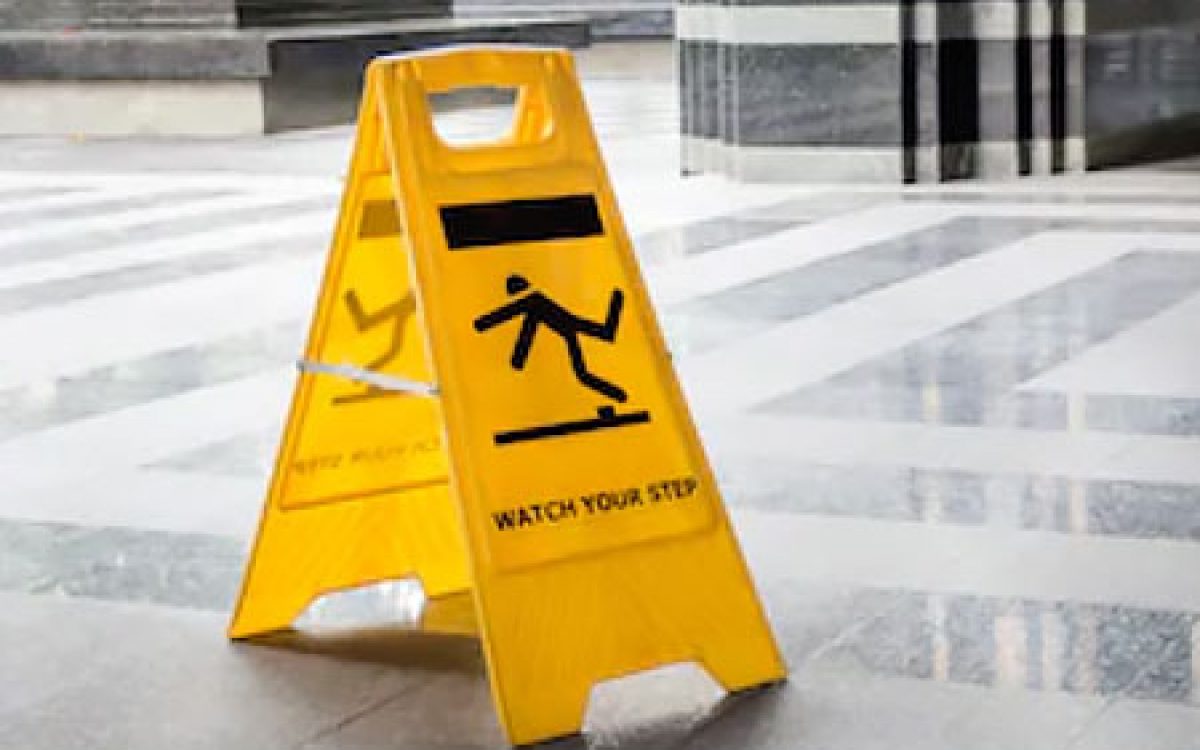Employee well-being has always been important. However, the 2010’s saw rapid growth in the use of both mobile devices and social media, particularly in the workplace. Employees began to take advantage of their ability to instantly share their struggles and complaints with their employers – which led to the birth of the #EmpowermentEra.
The first #EmpowermentEra struggle was the fight for the $15 minimum wage. As a result, today several cities across the country now have minimum wages at or about $15 per hour, and by 2025 we will see at least six states (California, Connecticut, Illinois, Maryland, Massachusetts, and New Jersey), and the District of Columbia meet that same level.
The #MeToo movement was the next stage of the #EmpowermentEra. The movement escalated after several Hollywood actresses publicly shared their stories of harassment from the same movie producer, Harvey Weinstein. Now #MeToo has spread across the country and empowered women everywhere to speak out against mistreatment in the workplace.
Now the #EmpowermentEra is focusing on worker safety issues. Workplace safety hazards are easier than ever to both capture – with a simple photo or video of the dangerous condition – and to share broadly with a simple “tweet” or “share” on social media. In fact, posts with tags such as “#Worksafe” are already getting significant traction.
Given the increase in public shaming by employees towards poor workplace safety practices, the following are some tips on how to prevent and respond to workplace safety concerns:
- Develop or update your safety program. The best way to prevent the public dissemination of a photo showing dangerous conditions at your workplace is to eliminate hazards from your facility. Take the time to review and periodically update your safety programs and training policies.
- Respond to your employees. Employees who would rather publicly shame their employer on social media rather than bring such a hazard to a manager’s attention are likely unhappy, disengaged, or have had concerns ignored on previous occasions. Create a work environment where employees both feel safe and understand they can raise safety concerns to management without fear of retribution.
- Use negativity as an opportunity for improvement. If an employee posts a photo, video, or complaint concerning workplace safety on a social media outlet, use the incident as an opportunity to learn and improve your safety program, instead of retaliating against the employee or, worse, simply ignoring their concerns.
- Preserve your public reputation. OSHA’s establishment search page not only allows the public to view OSHA inspections your company has undergone since 1972, but also gives one access to all citations issued (and accepted), and penalties paid. To avoid ridicule from employees and the public, properly contest all citations where you have a good faith defense.
The public will no longer tolerate companies that treat employees poorly. The #Worksafe movement will likely gain traction in the coming months and years, so make sure your company is prepared to thrive during this new phase of the #EmpowermentEra.
